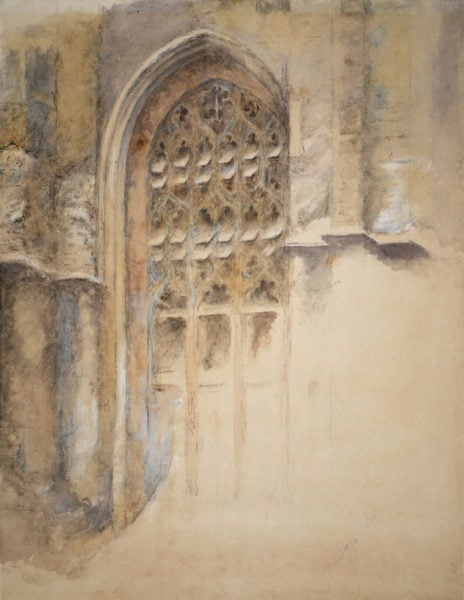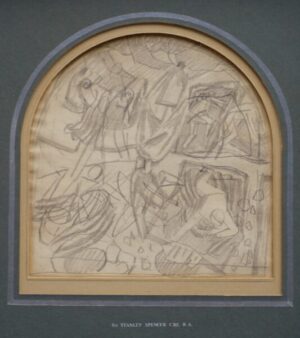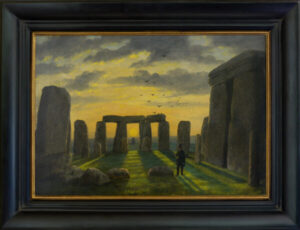Description
There are two likely ways in which the drawing might have become part of the collection at Paxford. Firstly, Thomas’s father, Doctor William Odling was interested in art and was a prolific collector of old master prints. In 1868 he was appointed Fullerian Professor of Chemistry at the Royal Institute, a place where Ruskin gave many Friday Evening Discourses from the early 1860s to the mid-1870s. It is not unreasonable, therefore, to suppose that the paths of the two men may have crossed. Secondly, Thomas’s grandfather was Thomas Case (1844-1925), an academic, philosopher, sportsman and author. He was Fellow of Brasenose College, Oxford, from 1868 to 1870, tutor at Balliol from 1870 to 1876, and subsequently on the staff of Corpus Christi College, Oxford. He also became Waynflete Professor of Metaphysical Philosophy at Oxford and President of Corpus Christi College. He was particularly interested in architecture and was involved in various restoration projects in Oxford. Since Thomas Case and John Ruskin were in Oxford around the same time and held similar interests, it is quite likely that they would have met.



